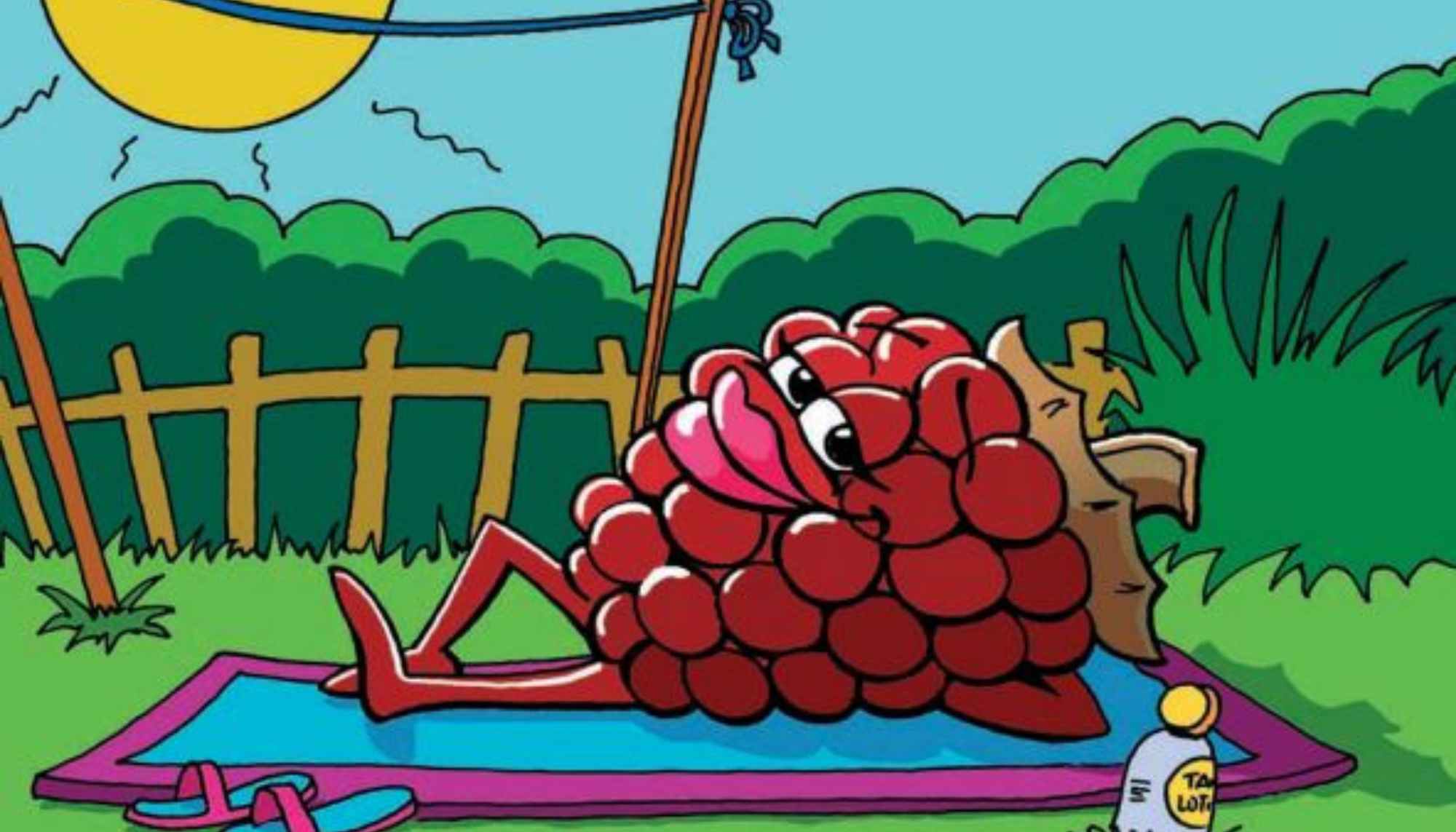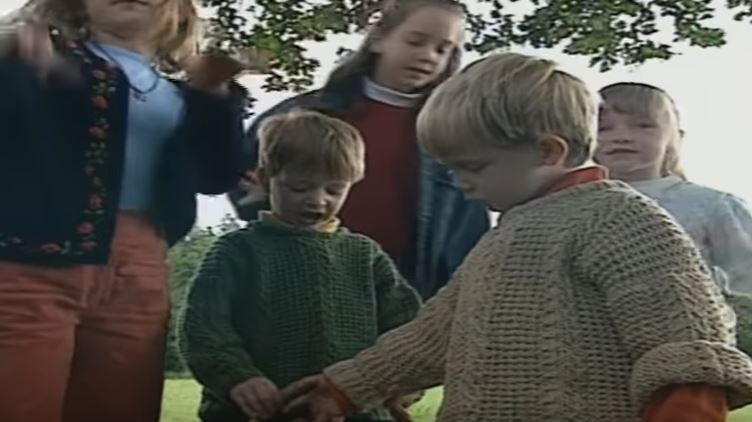In this post you will find some suggestions on how to pick blackberries with kids, that might add some sneaky learning into a fun and tasty seasonal experience.
Autumn is such a fantastic time for teaching children about the way that nature provides food for all of its creatures. There are so many foods available in nature that animals and minibeasts can use to save energy for the winter. One of the easiest ones for children to understand and enjoy is to look for fruits in the hedgerow, so why not go blackberry picking with your child?
You will need to make sure that they understand three key things:
What are the learning goals?
This activity is a lot of fun, and will help children to understand three key things:
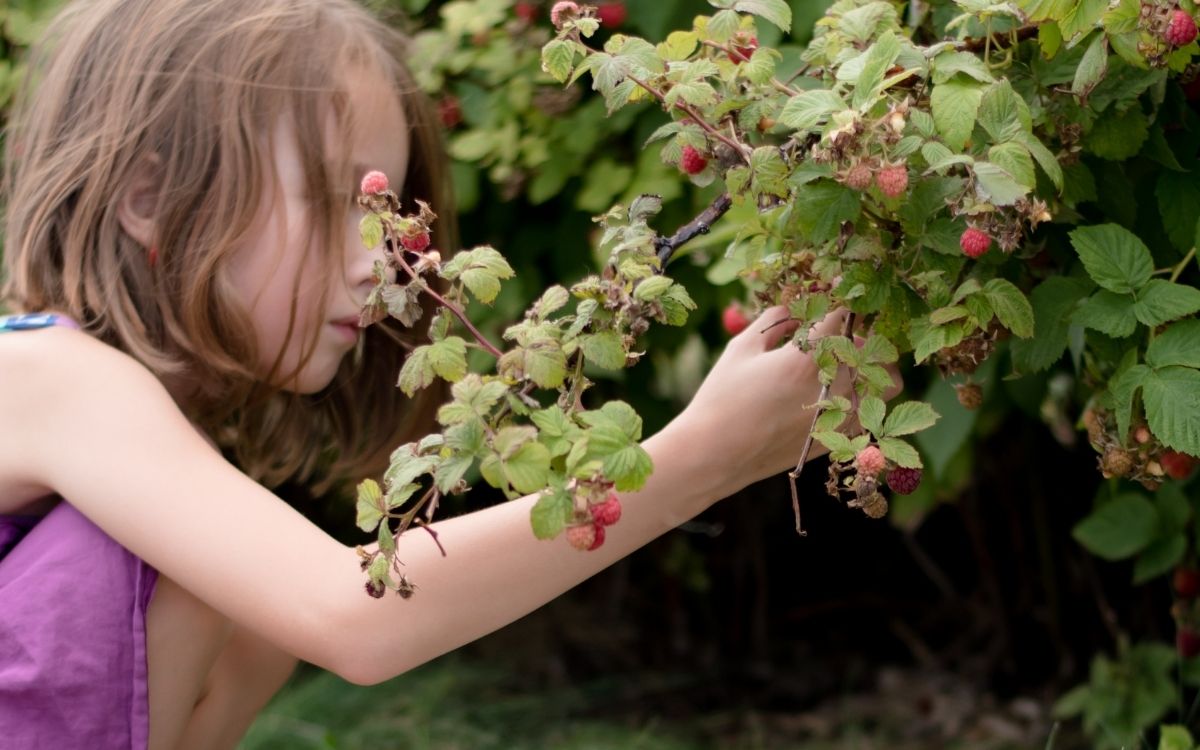
Finding a suitable place
You will need to find somewhere that blackberries grow to carry out this activity. They typically grow on country lanes and the edges of fields, but in the town you can often find them on parks, in bits of wild wasteland and on alleyways and small roads, basically anywhere that has been allowed to grow a little wild. Brambles are incredibly hardy and will find their ways into all sorts of wild pockets. You will need to make sure it is a safe site - but you can help children to learn this below:
How to pick blackberries with kids: activity
Activity: Ask children to assess safety
Teach children to identify a safe place to forage. Berries should only be picked from a place that is safe. This means:
Help children to carry out these checks, even if you have mentally done them yourself and know it is safe. If you have time, you can even pick an unsafe site first and get them to rule it out before going to a safer site. Ask the children to check the following:
1. Is it safe while we pick?
Will cars be likely to come along while we are picking? How many cars and are they travelling quickly? Will any cars be able to see us clearly before they get near to us and are we able to stand out of the road so that we are not in the way of cars? Are the berries up high enough that we don't have to kneel down somewhere unsafe? Are they low enough for us to pick without having to climb on something unsafe? Can you see any other hazards which might make it unsafe for us while we are picking?
2. Is it a clean place?
Are the berries likely to be clean enough that we can eat them if we give them a quick wash? Are they near to where exhausts might spray on them? Can you see any nearby factories which might make the soil not be safe? Are they high enough up that dogs will not have weed on them? It is fine to have a little dirt and germs on something and give it a good wash, but are these berries in a place where the things going on to the berries will be too much to make them safe with just a wash?
3. Is it allowed?
Are these berries somewhere where we are allowed to pick? Are they in a public place like a road or public park, or in our garden or the garden of someone we know? If they are in a park or wild place, are there any signs about rules that say we are not allowed to pick things?
Most places that berries grow are safe to pick, but it is good practice for children to look at their surroundings and assess them, so that if they ever do this on their own, they will do a check of safety first before they get absorbed in the picking. If they look at the likelihood of cars coming and make sure they don't pick from lower branches where dogs may have been, most of the time the answers will be "yes this is a safe place to pick".
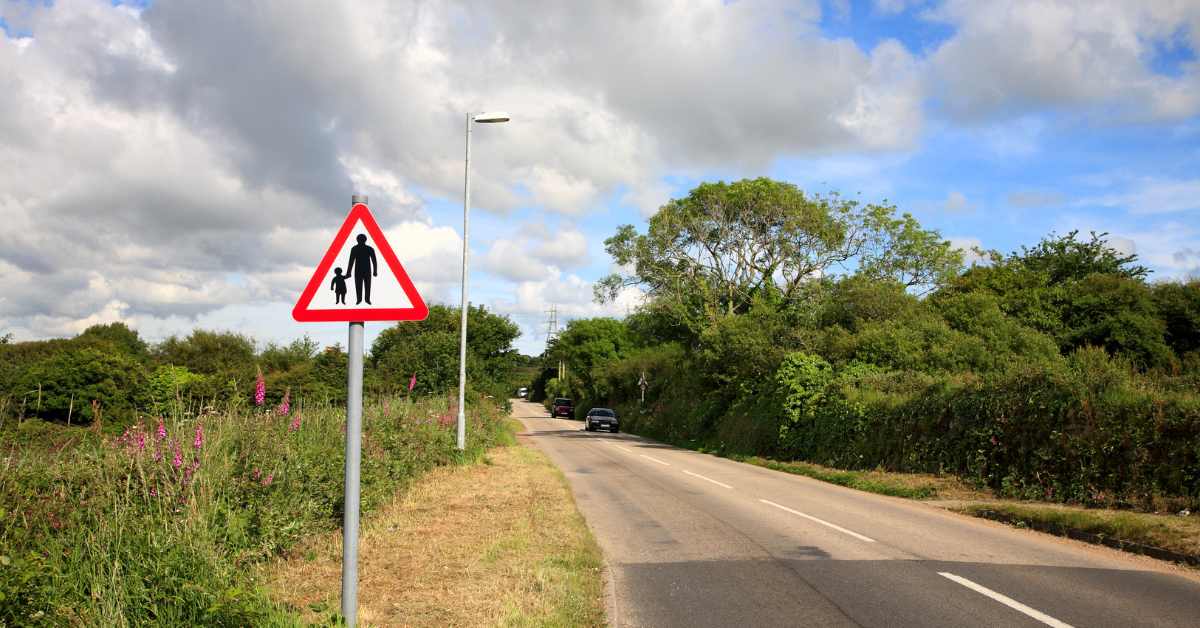
Identifying a blackberry
Next we need to make sure that children know how to identify the thing they are going to pick. It's incredibly important that children understand that they should not eat plants that they find without being 100% sure that they are safe. This can be because they have an adult with them, or when they are older and more experienced, because they have had lots of practice of identifying a safe item and how it differs from similar but less safe items. Here's how to get a child to identify a blackberry safely.
How to pick blackberries with kids: activity
Activity: Identify a blackberry plant
Teach children to identify a blackberry:
A blackberry plant has the following characteristics, show them to children on the first plant you identify together and then ask them to show them to you on the next plant so that they can reinforce the criteria for identification:
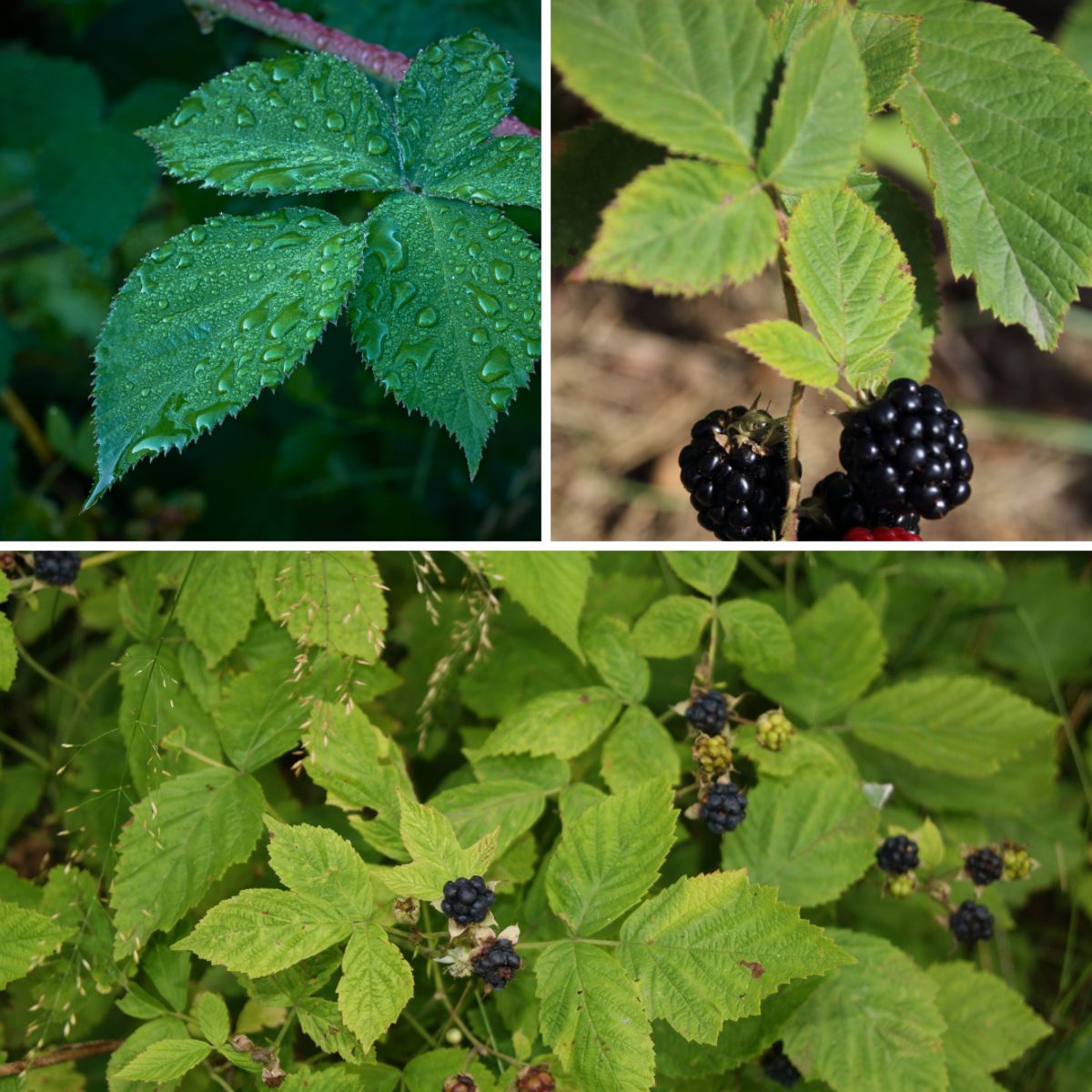
Learning what ripeness looks like
Finally children need to know which blackberries are ripe and ready to eat. They are much more likely to accept the taste of a blackberry if it is ripe and sweet. Underripe blackberries are very sharp and children might think they don't like them when they might feel differently about a properly ripened one.
How to pick blackberries with kids: activity
Activity: Identify ripe and unripe berries
Teach children to know if a blackberry is ripe:
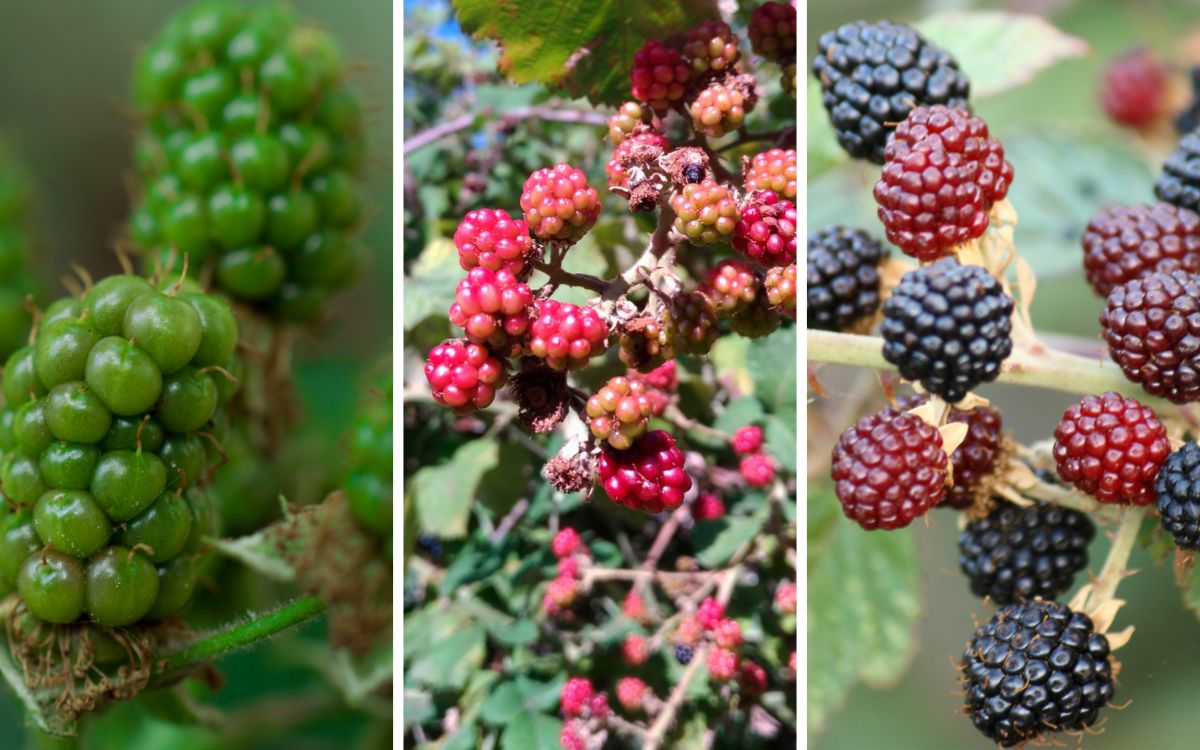
Now get picking! Some children will eat some of the berries as they go. If the blackberries you have found are mixed in with other hedgerow berries then ask younger children to check each berry with you before they eat it, until you are confident that they are picking the correct ones. Collect the berries in a pot or bag. Make sure that children can stay safe walking from wherever they are picking to where you are, so that they can show you berries or add them to the pot without stepping into the road. If they can have their own small bag or pot, this is helpful.
Building language and memories
This is a good activity to build children's language skills, both during the activity and afterwards. You can get them to use new vocabulary around plant descriptions, ripening, and sensations while working. Here are some suggestions:
How to pick blackberries with kids: activity
Activity: Talk about berry picking
Get children talking about the experience so that they will remember it better:
Follow up reading and watching
If you want to follow up with some stories or videos about the experience you can read our book of the month Blackberry's Sunbathing Day which is all about how a blackberry changes colour in the sun, you can buy a copy here or watch a video of it below.
And if you want to be able to talk about the experience again some time after you did it together, so that children can remember it and talk about what they learned, this episode of The Teletubbies features footage of real children going to pick blackberries too so you can watch them together and talk about what was similar and different for you. If you don't want to watch the whole show, the blackberry picking starts at the 5.00 minute mark.
Do you pick blackberries with your children? Did you try any of these suggestions to increase their knowledge or practice their language skills? Did they try the berries? Was it fun? What would you do differently next time?

